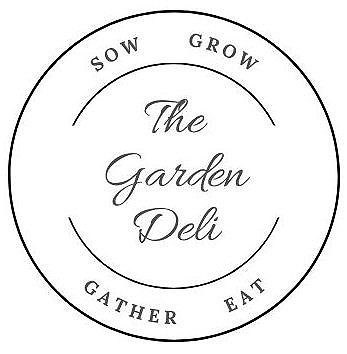Growing from seed…
should I sow direct or into pots?
You’ve decided to have a go at growing from seed… now the big question is whether to sow directly into the ground where they are to grow, or into pots to transplant once your seeds have developed into sturdy little plants. The answer depends on what you are growing, when you are sowing the seeds and how much space you have in the garden.
When to sow direct
There are some plants that really don’t like root disturbance. Things like dill, poppies, larkspur and many root vegetables are best sown outdoors where they are to grow.
One exception to this rule is zinnias which don’t like root disturbance, but the growing season in the UK isn’t really long enough to start them outdoors after the ground has warmed up. These seeds can be started indoors, kept in roomy pots and carefully transplanted once the last frost has well and truly passed.
Seeds that are quick to germinate can also be sown direct. Anything that tends to self-seed in your garden is likely to do well… it’s always a good indication that the plant can be sown directly. Calendula, California poppies, nasturtiums, cornflowers and sunflowers all fall into this category.
If you are sowing direct, don’t be in too much of a rush to get started early in the year. Wait until the soil has warmed a little in April or May. This gives your seeds the best chance of germinating and growing away strongly. Prepare the soil… seeds like a fine tilth (no big lumps of soil), and make sure the ground is damp before you sow. As the seedlings emerge, watch for slug damage. Slugs do have important roles in the garden ecosystem, but they can be a real nuisance in spring when there is lots of tender, fresh growth for them to feed on.
When to sow in pots or modules
Sowing seeds in a protected environment – a windowsill, greenhouse or polytunnel, gives you a head start on the growing season. Plants like tomatoes, chillies and courgettes which need a longer growing season than there are frost-free days out in the garden can be started in early spring and planted out once conditions warm up.
Slower germinating seeds can also benefit from an earlier start. Flowers like cosmos and scabious are usually started indoors. Basil is best grown under cover and sowing it into a pot makes sense. If you are planning to grow other herbs in pots – things like coriander, chervil and summer savory, they can also be started in pots. Sow dill directly into a large pot.
Parsley can be very slow to germinate, so I always start the seeds in pots or modules. The first sowing is in late winter or early spring, to plant out in April or May. Then there’s a second sowing in May for summer planting and a final lot of seeds sown in late August for winter leaves.
Sowing into pots or modules also allows you to make the most of garden space through successional sowing. Once the first batch are planted out in the garden, make a another sowing in pots to grow on and have ready to replace the original plants when they are harvested. This works well with cornflowers, coriander, lettuces and rocket.
Whichever approach you choose, growing from seed is rewarding… yes, you’ll have some failures along the way (we all do) but the satisfaction of seeing a tiny seed grow into a strong, healthy plant really is worth the effort.

